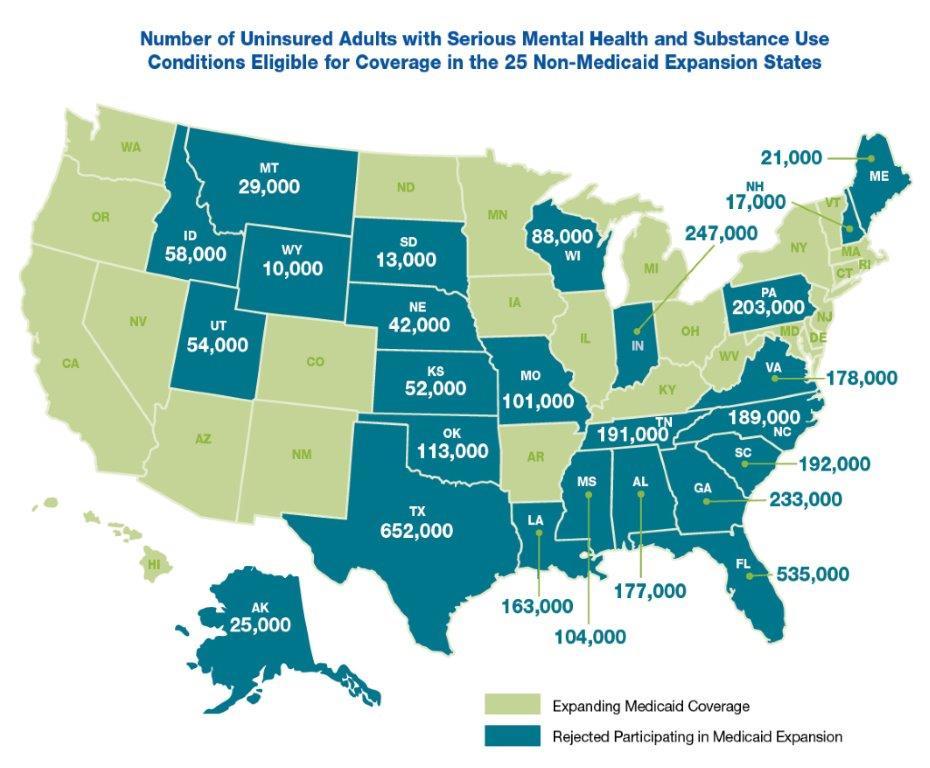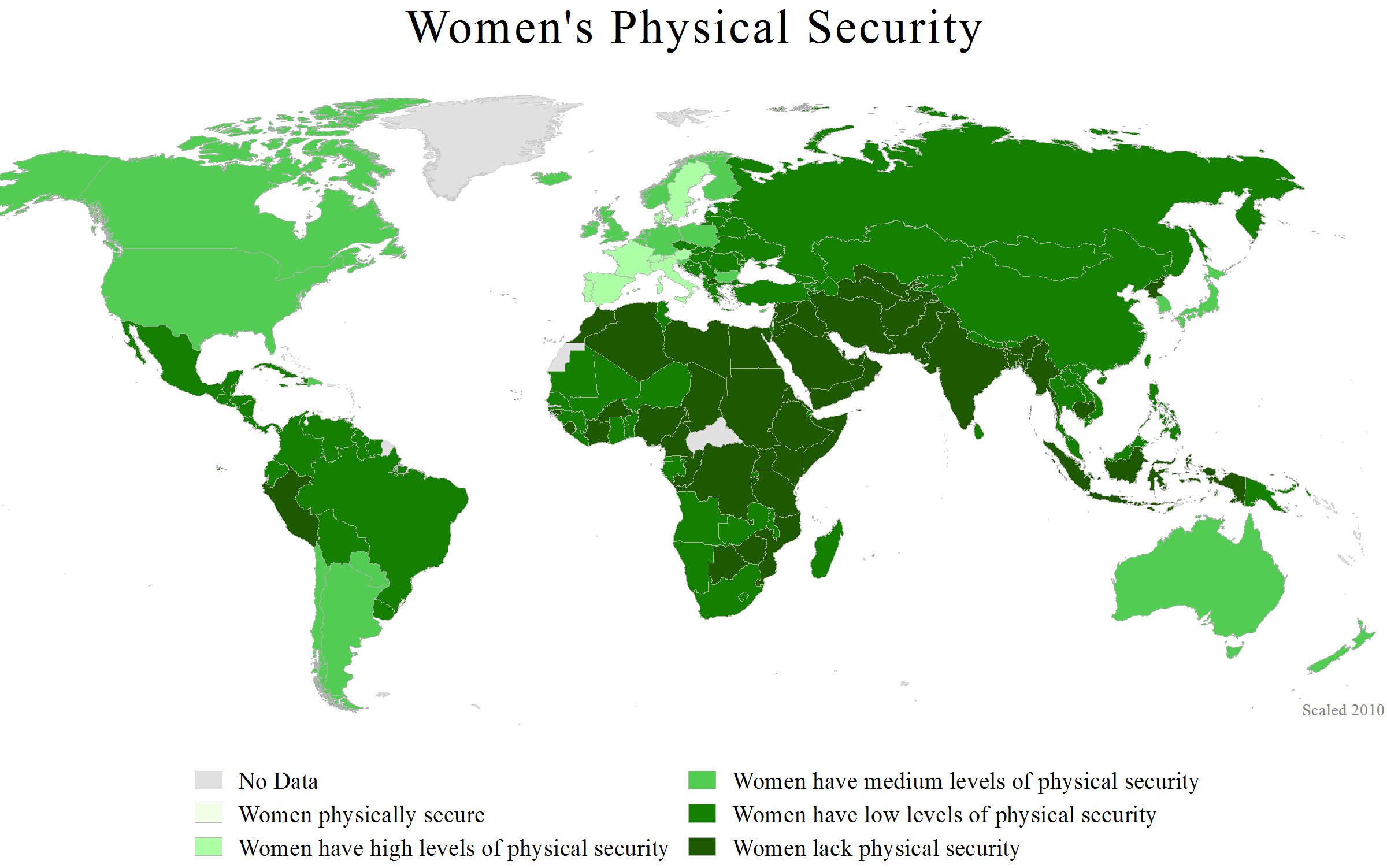Lesson 14: A Vision for the Future
Attention
Heroin deaths on the rise in Maine
Still an issue!
Did you know that I can see the future? Yes, I can. I pay attention to the PAST. Today is tomorrow's past.
Based on what I know about today, and yesterday, and so on, I CAN see the future.
No other category of diagnostic concern in psychiatry is nearly competitive with issues for drug abuse and dependance.
Cheaper, more potent, and "designed" for specific intoxication effects, it looms large and deadly.
Synthetic heroin hides a potential kill-facter. If MPTP is a by-product of its laboratory synthesis, then paralysis or death are possible. While you hear about overdose as "causal" in heroin related deaths, the real question for post-mortum toxicology is complete knowledge of composition for substance of abuse.
And, I see nothing on the horizon to stem the flood. If financial gain from manufacture, to sale, is motive, just think "Breaking Bad!" Right? Cable-network series that has just wound down.
Learning Outcomes
Upon completion of this lesson's material, students will be able to:
- Explain how genetics and technology will influence the future of community mental health. Better living through chemistry, but NOT substance abuse.
- Identify the three obstacles to preventing mentally ill persons from receiving excellent care, as outlined in the President's New Freedom Commission on Mental Health Report.
- Identify the eight goals outlined as "musts needed," in Mental Health: A Report of the Surgeon General.
Teaching
The future would be NOW, if everyone were satisfied with the delivery system for community mental health. Too many obstacles, too many bumps in the road, too many cracks through which potential clients fall.
Gender, age, socio-race, ethnicity all have proven to be barriers. The beauty of human life is diversity. The reality "on the ground" has proven something VERY different.
Click HERE to review the Final Report on the President's New Freedom Commission on Mental Health.
Lecture
I had just used an iPad to see an earth surface digital picture of my home. Based on what the picture revealed, I could almost date when picture was taken. Variously, there were a number of vehicles in the driveway. Some have been disposed of, literally junked out. So, that sets the relative date. The season of the year, based on vegetation, could also be assessed.
Wouldn't it be wonderful to have such a topograhy of the mind? Well, we will have that graphic assist in the very near future. It will be useful in confirming a diagnosis, and, consequently matching-off appropriate treatment strategy based upon underlying anatomy and physiology. Further, it could even be instrumental in establlishing what a baseline for normalcy would look like. If, enough data were collected on people for whom there were no behavioral issues, the average of such scans could be a frame of reference when clinical concerns occur. Neuroimaging technologies, and other bio-assays can result in better undertanding of the physiology of normalcy.
You can search the web for "geomapping" on just about anything...

This map identifies those with mental illness who are uninsured.

This one is on how secure women feel.
As Iz K from previous Lesson in this course sings, "what a wonderful world!" Not a world of the future, but a world of the now.
Assessment
Lesson 14 Discussion
We have tended in the past to "throw money at problems." While there is a little doubt that financial resouces can smooth the way, in and of itself, it will fail if program objectives, and concurrent strategies don't mesh. So, money is only part of the problem/solution.
Being an adult today who "came-of-age" in the 1960's in the the United States, when many institutions and practices were being challenged, the expression was "if you were not part of the solution, you were part of the problem."
What do YOU think as this applies to community mental health?